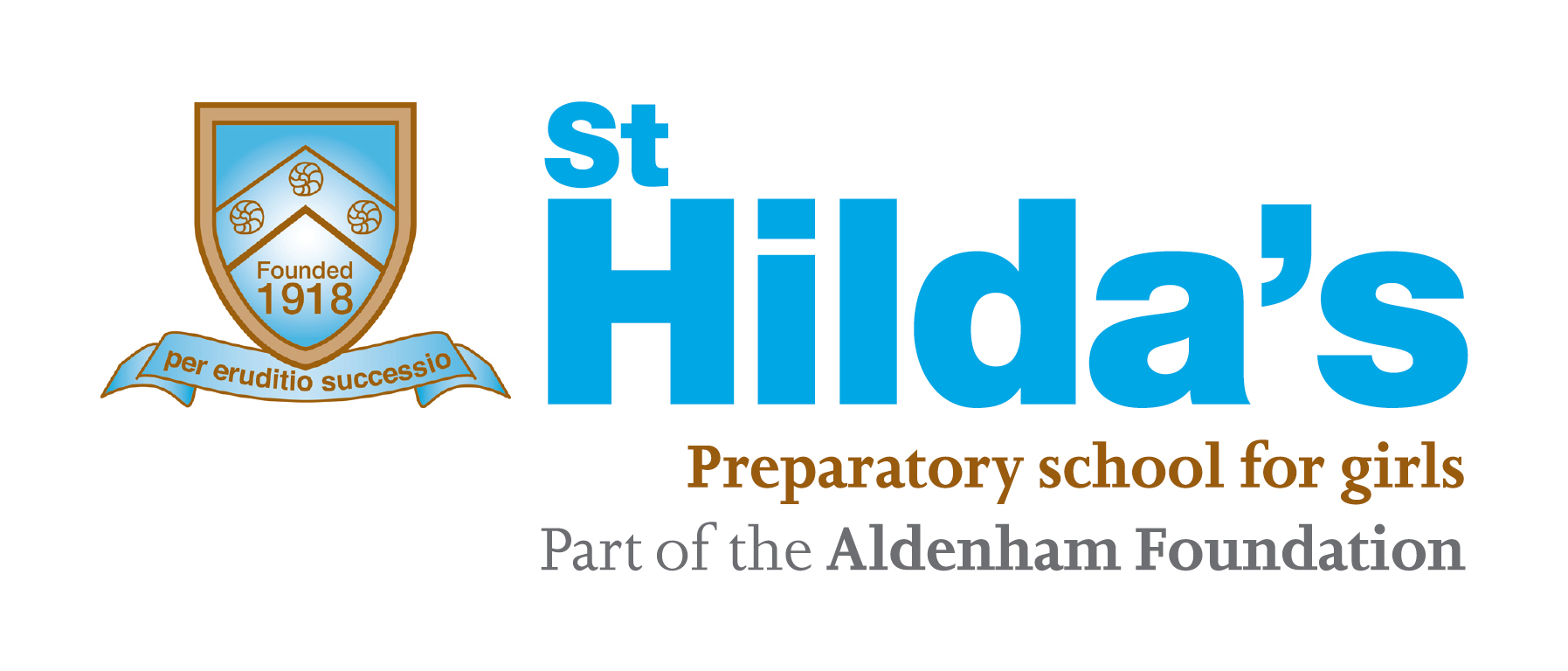Remote education provision: information for parents
This information is intended to provide clarity and transparency to pupils and parents or carers about what to expect from remote education where national or local restrictions require entire cohorts (or bubbles) to remain at home.
The remote curriculum: what is taught to pupils at home?
- Our remote learning programme will mirror the curriculum that the girls receive at school with the exception of swimming classes.
- We will upload to our school portal a revised timetable which will cover the curriculum. There will be a mixture of live sessions taught using Microsoft Teams and virtual sessions using Seesaw. We will also direct the girls to certain websites as required.
- The Government expectation for primary school remote learning is 3 hours of remote learning a day. At St Hilda’s we exceed this requirement.
- We expect that remote education (including remote teaching and independent work) will take the girls broadly the following number of hours each day:
Lower School (Reception – F2) | 4 hours each day |
Upper School (F3 – F6) | 5 hours each day |
- Girls will receive a pack containing exercise books, textbooks and reading books as well as any other resources to support the remote learning programme of study.
How will my child be taught remotely?
We use a combination of the following approaches to teach pupils remotely:
- Live lessons - these are taught through Microsoft Teams. The teacher is present for the session; asks questions; encourages engagement and is available for children to ask for support when they are completing their independent work.
- English lessons, including Read Write Inc and Guided Reading where applicable, are taught live to girls in Reception to Form 6 across the school each day.
- Mathematics lessons are taught live to girls in Reception to Form 6 each day.
- Science lessons are taught using both live sessions and follow up sessions to girls in Reception to Form 6.
- Drama lessons are taught live to girls in Form 2 to Form 6 each week.
- Ballet lessons are taught live to girls in Reception to Form 4 each week.
- Humanities lessons are taught using both live sessions and follow up sessions on Seesaw to girls in Form 3 to Form 6.
- Lessons are recorded so they can be accessed later by pupils making flexible use possible in the context of limited or shared device access.
- Alongside the live lessons, Seesaw is used to deliver lessons and set tasks such as research, practical work, and other activities to consolidate, extend and enhance learning. Teachers provide presentations; instructions; video demonstrations; and sometimes links to useful websites.
- Interactive online learning resources are also used.
- Relevant books and textbooks are issued for pupils to use at home to complement and support lessons.
What are the expectations?
- We understand that during periods of remote learning there is a balance to be found to support families’ timetables and as such we aim that our hybrid approach to learning be flexible.
- We expect pupils in the Upper School to be able to access the remote learning sessions independently.
- Girls in the Lower School may need support in logging into Microsoft Teams and Seesaw and we advise that they log in first thing and then they should be able to swap between programmes.
- Girls will receive feedback either verbally or written using the online platform or during breakout sessions in live sessions. Feedback can take many forms and may not always mean extensive written comments for individual children. For example, face to face responses in live lessons, recorded voice messages by the teacher on Seesaw, use of live lessons to go through learning and address misconceptions with groups of children and use of break out rooms.
- We will also continue to provide Parent Information Evenings remotely using the software package - ‘schoolcloud’.
- Teachers will provide school reports termly as usual.
- If a girl is not participating regularly in sessions, we will contact parents and have a discussion how best to support their daughter’s learning within the constraints they may have.
If my child does not have digital or online access at home, how will you support them to access remote education?
- We recognise that some pupils may not have suitable online access at home. We take the following approaches to support those pupils to access remote education. Currently all our pupils have access to devices, but we would assist if this was not the case.
SEND
- If a girl has SEND, our Learning Needs Coordinator will continue to support live sessions, use break out rooms, as well as additional one to one support as required, mirroring the provision there would be in school.
Self-Isolation
- If a girl is required to self-isolate, we would provide work to support the sessions and where possible mirror the live lessons in school so that they can join in with the rest of the class.
.
